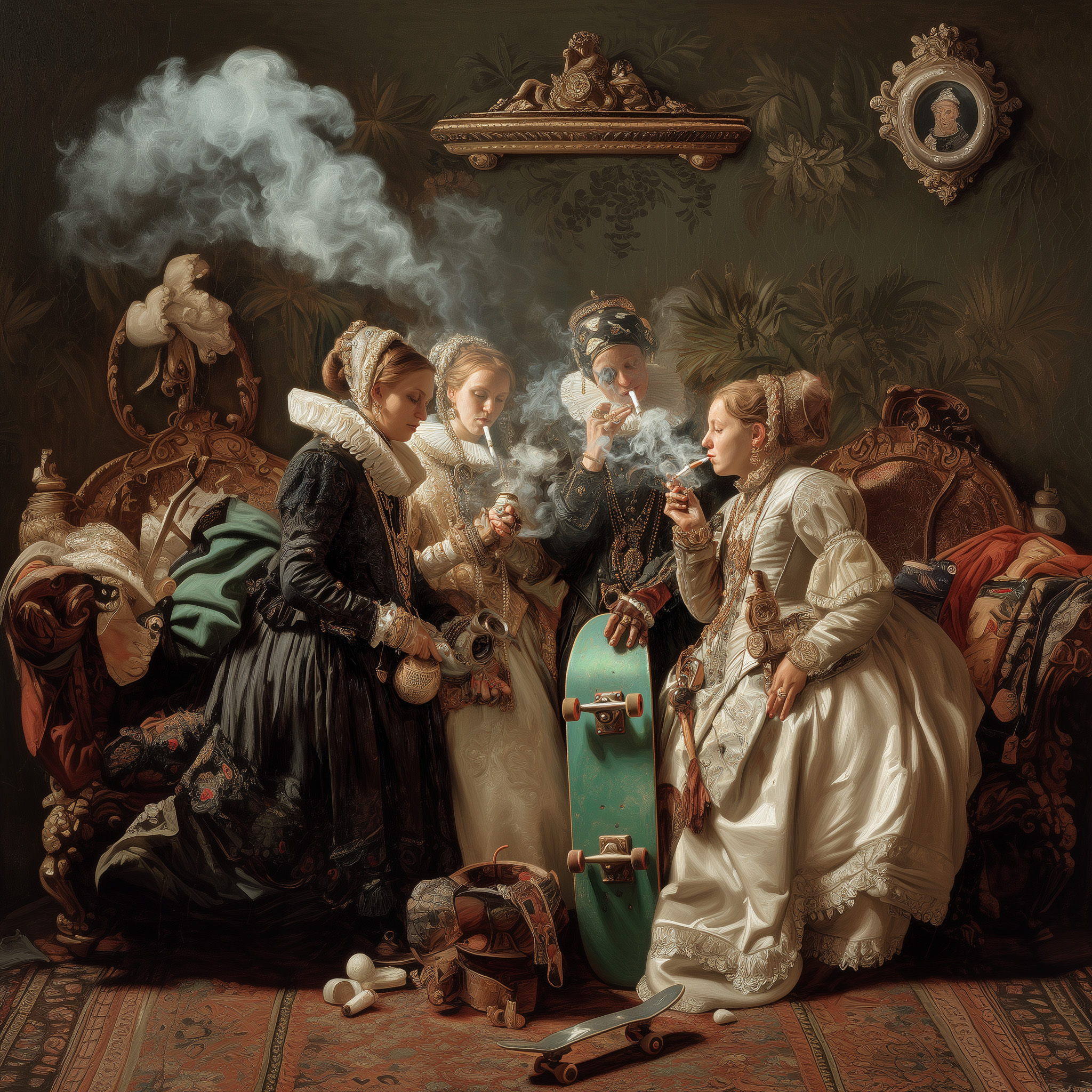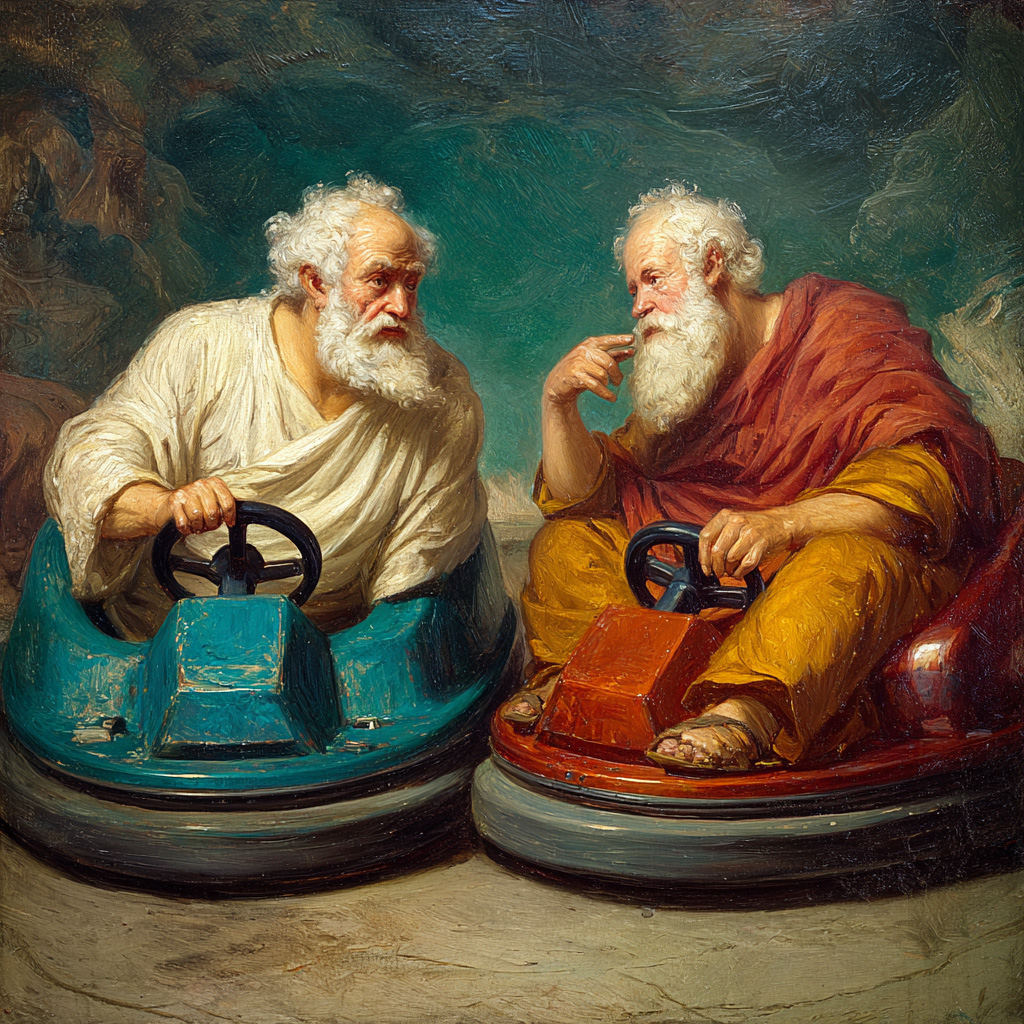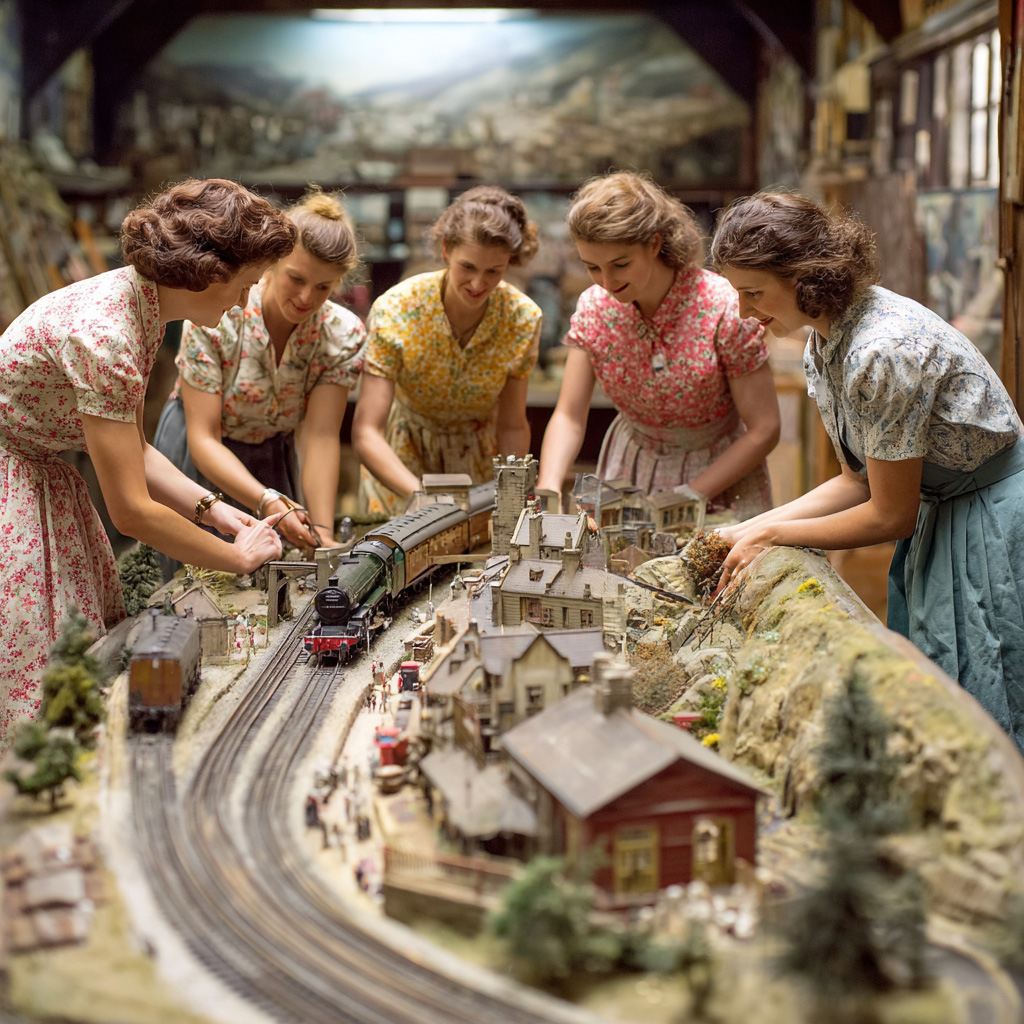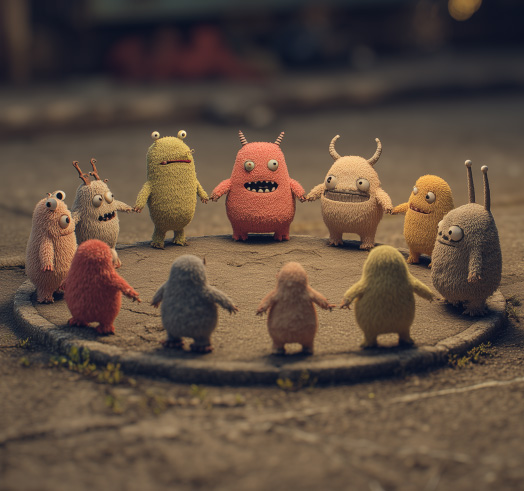10
About friendship and groups

friendship
Friendships arise from shared experiences of deviance, i.e. from behavior that deviates from the norm, said the “inventor” of urban sociology, Gerald Suttles.
Gerald Suttles (1932–2017) was a pioneer in the study of disadvantaged urban neighborhoods, gangs, and ethnic conflicts, thus shaping the discipline of urban sociology.
Friendship = pleasure
Friendship = Benefit
Friendship = gain in virtue
Aristotle saw three aspects of friendship. He considered the friendship of virtue supreme—and since there is no such thing as a single truly virtuous person, there can be no such thing as a single true friend, he concluded. Good, isn't it? That's a tremendous relief.

Platone e Aristotle nel parco divertimenti, Giovanni de Plessieri (the Elder), 1456
Friendship = soul mates
Michel de Montaigne – not yet a romantic – finds intimacy, fusion and soul mateship in friendship.
From Rousseau onward, the essence of friendship was considered to be mutual opening of souls and confessing one's feelings. One also shares one's own fears and self-doubts with one's friend.
Friendship is an abstract, an amorphous concept and yet there are modern definitions for friendship:
A permanent, symmetrical, dyadic, personal private relationship between non-relatives, constructed in voluntary reciprocity, characterized by intimacy and emotional closeness and based on the expectation of generalized reciprocity.
Schobin, Janosch; Leuschner, Vincenz; Flick, Sabine; Alleweldt, Erika; Heuser, Eric Anton; Brandt, Agnes. Friendship Today: An Introduction to the Sociology of Friendship (Cultures of Society 22) (p. 28). transcript Verlag. Kindle version.

Are they all just frenemies?
We identify your closest friend based on scientific recommendations and assess the value of distant friends and people who aren't friends at all, but rather relatives, colleagues, and people in your network. How can you be a good friend to a friend? Why don't you treat more people like you would a friend?

The Railway Ladies' Club, New Borslow, 1945, German emigrants playing together on the H0 track
Groups
A group consists of at least two people who are connected to each other in a “socially significant way” (Steins/Bitan/Haep 2014, 131).
Groups often work towards a common goal.
Groups develop common values and norms, ways of communication and symbols.
Groups of up to 20 people are small groups.
Even in small groups, subgroups form.
We investigate: What does our best group self look like?

“Man becomes an I through the You”
Martin Buber
Denksyndikat 10
10.09.2025
18:30 Open doors
19:00 start
22:00 end
Helpful links to prepare
War – Why can't we be friends (on YouTube)
Audio88 & Yassin – HANDKERCHIEF with Mädness – prod. Torky Tork (on YouTube)
Where Do You Go To (My Lovely) – Peter Sarstedt (on YouTube)
Wilhelm Schmid
You see this page but don't have an invitation with details or directions yet? Register here:
Denksyndikat
c/o Berlin Realities GmbH
Schmiedehof 4
10965 Berlin